Jun 1, 2018
Delicious Shizuoka Green Tea (With Helpful Packaging)
How can you tell where your green tea is from? It's as easy as reading a bunch of kanji, or utilizing Google translate. Even after a decade in Japan, I'm not fluent enough to just read the label without help from my smart phone, so here is one way to find out your tea's prefecture of origin. Check the back label:

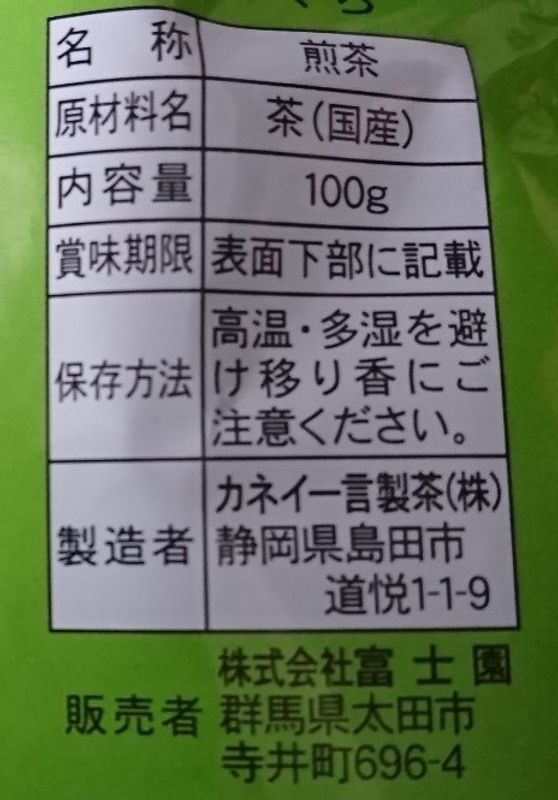
The white box on the bottom right reveals the manufacturer's name and the address where the headquarters are located, which in this case includes 静岡県, Shizuoka-ken. Upwards of 40% of the green tea in Japan is grown in that prefecture, so it is likely the origin, though on some products the address listed here will only be the corporate office and you'll have to look elsewhere on the product for clues.
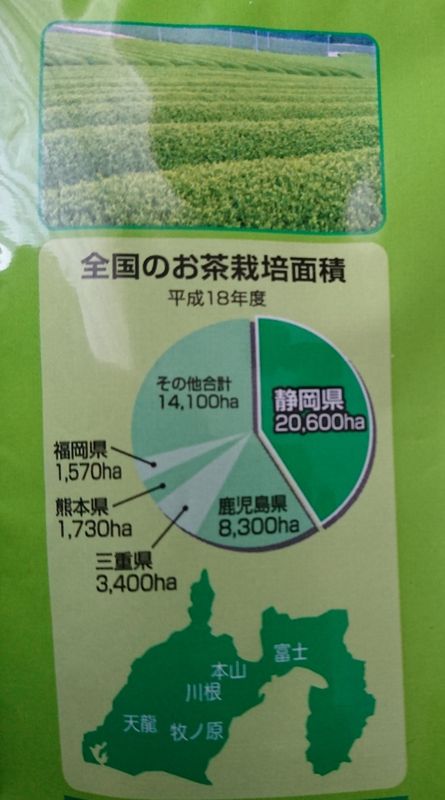
Another hint in this case was was the outline of Shizuoka prefecture next to the pie chart that explains that Shizuoka has more space devoted to green tea cultivation than the next several prefectures combined at a whopping 20,600 hectares.
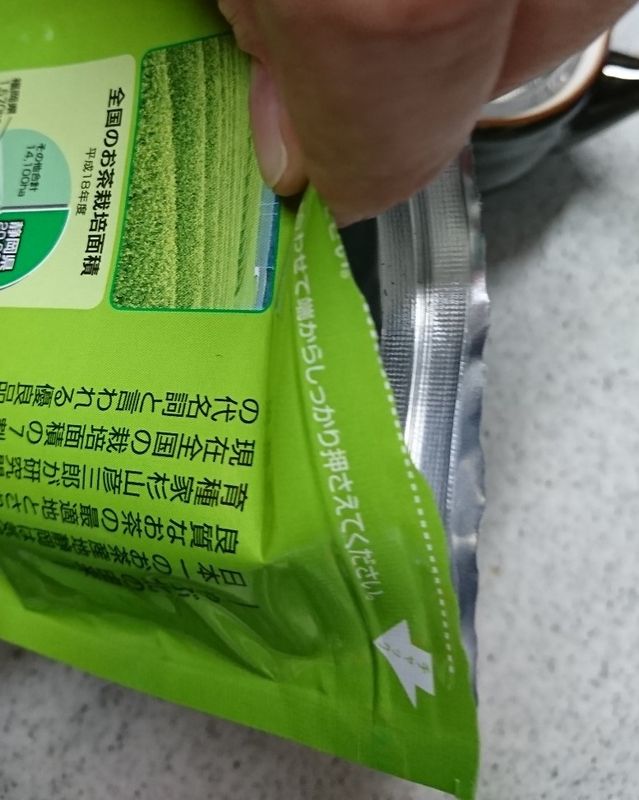
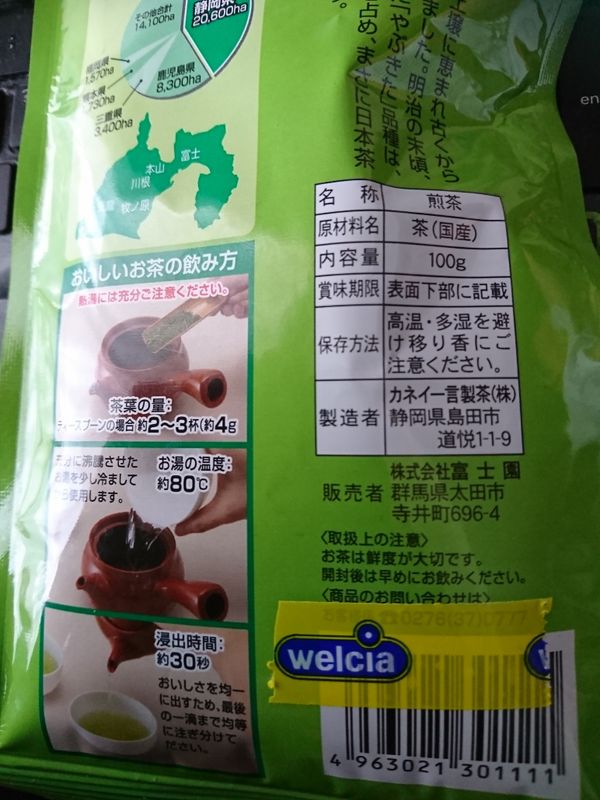
Two things I loved about this tea before the water was even warm: the resealable top and foreign-friendly instructions with pictures and numbers.
Unfortunately, when making my first batch, I forgot to review this convenient guide and estimated the best method based on memory, resulting in an extremely rich batch that was drinkable but not quite enjoyable. I set this aside and corrected my errors, later adding a sizable dash of cool water to my first attempt and enjoying the refreshingly chill beverage.

This is apparently too green, as I came to realize.
The properly made batch was a little less deep in its shade of green as well as its flavor, but proved to be just as refreshing as my diluted drink and significantly more enjoyable while warm. This tea is so good that even if you mess it up, it can likely still be saved!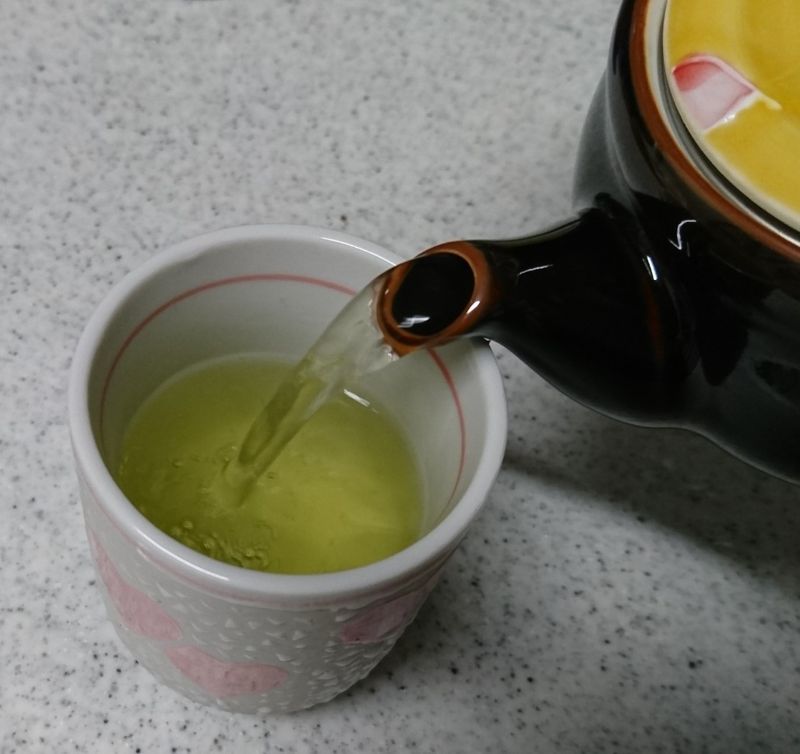
That's more like it!
Another interesting factor with this specific tea is the guide on the front of the package, related details about the product in an easily understood grading method, if you know the right kanji.
The two tea options from this brand as found at a local supermarket.
The first kanji I recognized right off. 甘. Ama, like amai. Sweet. Together with taste/flavor 味 (usually aji ) we get kanmi, or sweetness. Each of these teas is equally sweet, rating three out of five cups. The next part of the list threw me off as I had never seen this character before. 渋 (shibu, astringent or bitter) combines with the flavor character to form 渋味, shibumi, which Google translates as astringency, good taste, or refinement. I chose to personally define it as bitterness and steer away from the slightly cheaper tea with a slightly higher rating. The next item is 香り kaori, fragrance, which is equally pleasing and strong in both varieties, as is the color (deep green) and the recommended water temperature (about 70 degrees).
This turned out to be a lovely beverage, regardless of my fluency level, and a great opportunity to learn new Japanese vocabulary.
This post is supported by Shizuoka Green Tea Guide, one of City-Cost's Supporters helping City-Cost bloggers to enjoy life in Japan and engage in new experiences.



0 Comments